Continually demonstrating a commitment to improving technologies, customer feedback, and ongoing innovations will address Tesla’s concerns.The only way for Tesla to keep its reputation as one of the most innovative and environmentally friendly vehicles on the market is to address the complaints and concerns of its customers. There have been recurring problems with reliability, interior features, pricing, and value over the past decade. Effective problem-solving for any business relies heavily on hearing from customers and acting on that feedback. Deploying efficient quality control systems during production and shipping is a crucial part of the solution because it involves getting to the source of the problem. This would decrease the volume of customer complaints Tesla receives by making vehicles with fewer defects and fewer problems. Support and customer service after sales, continuous innovation to stay ahead of competitors, and more affordable maintenance packages are all areas in which Tesla could stand to improve. In an increasingly competitive market where everything Tesla pioneered has been matched or surpassed, effectively addressing these customer complaints is Tesla’s primary way of remaining competitive. This further underlines the importance of heeding customer input and enacting individualized solutions to enhance quality assurance procedures.
Quality Control Issues Like Panel Gaps And Squeaky Interiors
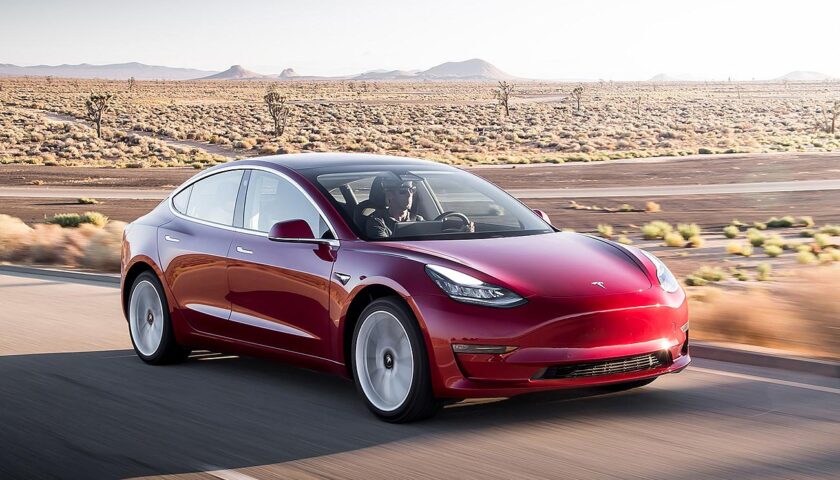
Quality control problems, such as squeaky interiors, paint imperfections, and panel gaps, have contributed to the negative attention Tesla has received in the media as of late. Although Tesla is not alone in facing these challenges, preventing a recurrence of them is critical. In order to ensure the highest quality product, it would be ideal to implement a stricter inspection process during production. Another option could be to invest more in the company’s workforce training, which would raise employee awareness of quality control issues and how to spot them. Tesla could also address quality control issues and boost vehicle reliability by investing in the development of more advanced chassis equipment, as has been demonstrated by competitors like Toyota.
Creaking Noises And Excessive Wear And Tear In The Suspension
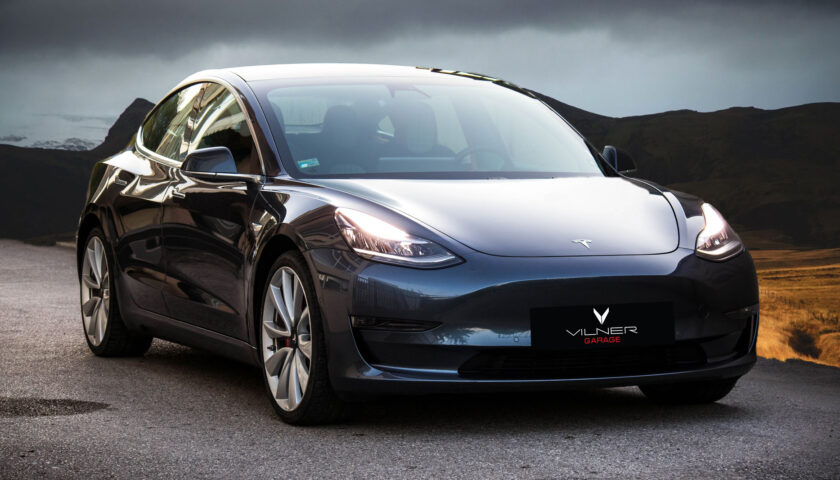
Complaints about creaking sounds, excessive tire wear, and uneven tire wear in luxury vehicles can have an impact on the company’s reputation and bottom line in addition to the vehicle’s handling and safety. The suspension systems in Tesla vehicles contribute significantly to their excellent performance, so enhancing the quality of the suspension components is crucial. Tesla would be able to calibrate and align the system to perfection. In addition to sending regular reminders to owners, Tesla should think about instituting a regular maintenance schedule that includes suspension inspections and repairs. If the manufacturing process for these suspension parts could be improved, we could probably cut down on the number of defects and wear that occur over time. In order to raise the bar and ensure greater consistency, it is necessary to use better components and implement stricter quality controls.
Problems With Autopilot And Other Autonomous Driving Features
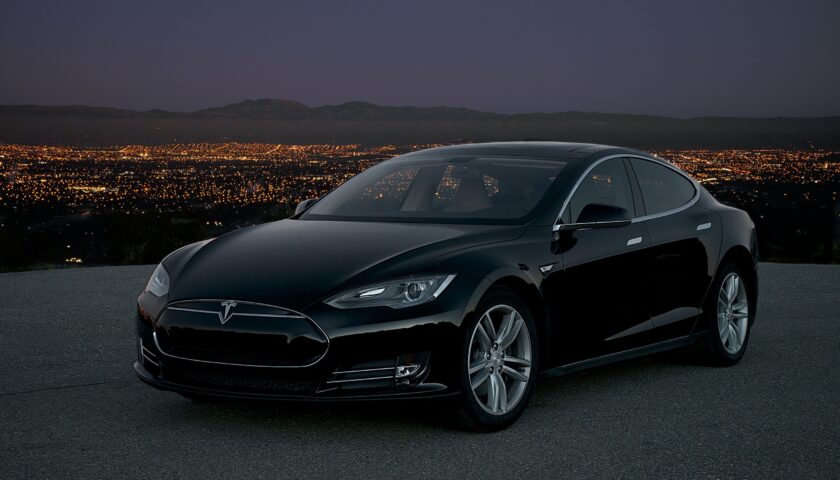
Autopilot issues with lane departure warnings, traffic-aware cruise control, and automatic emergency braking are just some of the complaints lodged against Tesla’s advanced autonomous driving technologies, which are otherwise an appealing feature. Maintaining a competitive edge calls for constant updates and testing to increase precision and reliability. Giving drivers more in-depth training on the system and the importance of maintaining vigilance while using Autopilot features would benefit everyone on the road. The system’s precision and efficiency can always be enhanced with the help of cutting-edge sensor technologies and algorithms, such as improved cameras, lidar sensors, and AI capabilities. Over-the-air updates in particular have been a key way in which Tesla has shown a commitment to improving its technologies and responding to customer concerns as they arise.
Instances Of Fires, Accidents, And Other Hazards
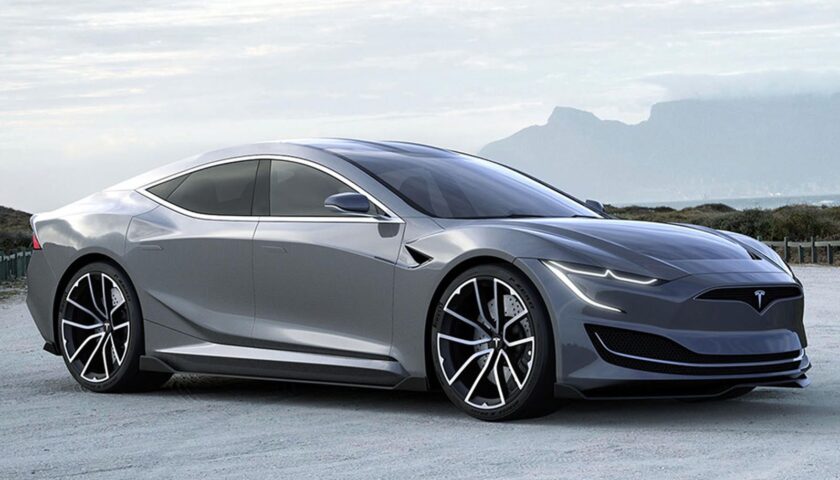
Because of fires, accidents, and other dangers, Tesla vehicles’ safety has been called into question. Improving the design and engineering of these vehicles can go a long way toward addressing these worries and reducing the risks and hazards they pose. Additional safety features, such as flame retardant materials, could be a solution, and implementing more robust battery management systems could reduce the risk of fires. Customers and the general public can be better prepared for these kinds of situations if the company is more forthcoming with information about potential dangers and provides rapid responses to customer service inquiries. The emergency services provided by Tesla to their affected customers need to be more prompt and effective. Through its dedication to safety and proactive measures to address any concerns that may arise, Tesla can earn the trust and confidence of its customers and stakeholders.
Software Glitches And Malfunctions Experienced With Software Updates
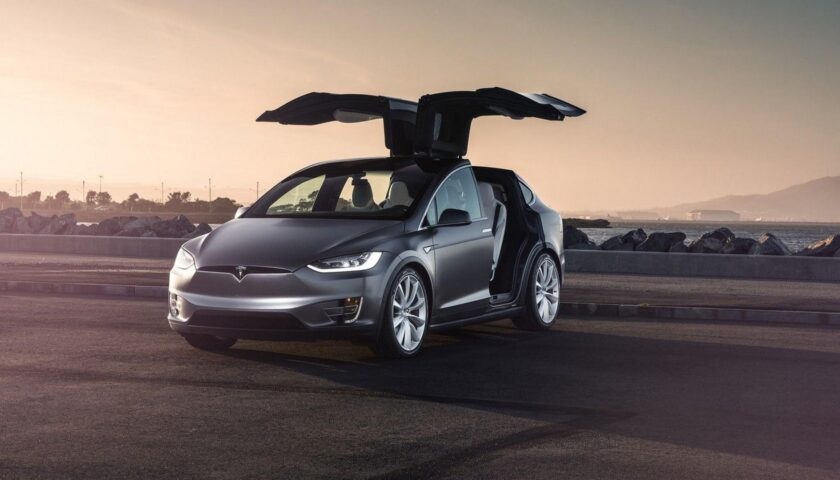
Touchscreens that are unresponsive, sluggish performance, and difficulties updating the software are just a few of the issues that users have reported. Over-the-air updates have fixed many of these issues, but understanding why they occurred is crucial if we’re to avoid them in the future. To achieve this goal, Tesla should implement stricter testing and quality assurance procedures before distributing software updates to their clientele. This must be done before the software is released to the public so that any problems can be fixed. Making sure the software in Tesla cars runs smoothly and without glitches is essential if the company wants to keep its customers happy and loyal. Taking the initiative to fix these software issues is what will keep Tesla at the forefront of the electric vehicle industry.
Read More – 6 Solid Alternatives To The Tesla Model 3





